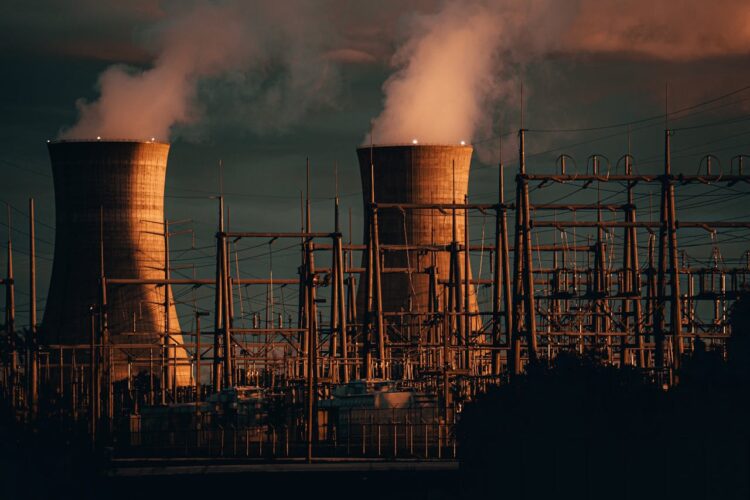The rise of artificial intelligence (AI) is creating an unprecedented surge in energy demand, particularly from data centres, according to a blog post from INKWOOD Research.
This demand is driving significant growth in the data centre energy storage market and prompting major technology companies to explore innovative power solutions, including nuclear energy.
INKWOOD Research estimates that the global data centre energy storage market will reach $3,441.38 million by 2032, growing at a CAGR of 8.27% from 2025.
This growth is fuelled by the increasing need for reliable power to support the expanding digital economy and ensure continuous operations in data centres. Data centres currently account for approximately 1-2% of global electricity demand, but projections suggest this could reach 21% by 2030.
The International Energy Agency (IEA) estimates that data centres, cryptocurrency, and AI could consume 4% of global demand by 2026. The U.S. Department of Energy estimates that data centre electricity usage climbed from 58 TWh in 2014 to 176 TWh in 2023, with projections indicating an increase to between 325 and 580 TWh by 2028.
Training large language models like GPT-3 requires approximately 1,300 megawatt-hours of electricity, equivalent to the annual consumption of 130 US homes, according to the researcher.
This has led tech giants like Microsoft, Google, and Amazon to invest heavily in nuclear energy solutions to meet AI's growing energy demands. Microsoft is working to restart the Three Mile Island plant and has signed a 20-year power purchase agreement with Constellation Energy.
Google has partnered with Kairos Power to develop small modular reactors (SMRs), aiming to generate 500 MW of power by 2035. Amazon is investing in X-Energy to advance SMR technology.
While nuclear energy is gaining traction, battery energy storage systems (BESS) are also emerging as key solutions, offering improved energy reliability and reduced reliance on fossil fuels. Lithium-ion batteries are particularly popular due to their high energy density, longer lifespans, and decreasing costs.
However, some experts believe that data centre operators are primarily interested in non-flammable technologies that can react quickly to large shifts in power demand. They suggest that storage technologies with a 36-48 hour range are most likely to win out with data centre operators.
Several key trends are shaping the data centre energy storage landscape, including rising renewable energy adoption, edge computing expansion, and a focus on carbon footprint reduction. Companies are increasingly adopting energy storage to harness solar and wind power, reducing reliance on fossil fuels.



